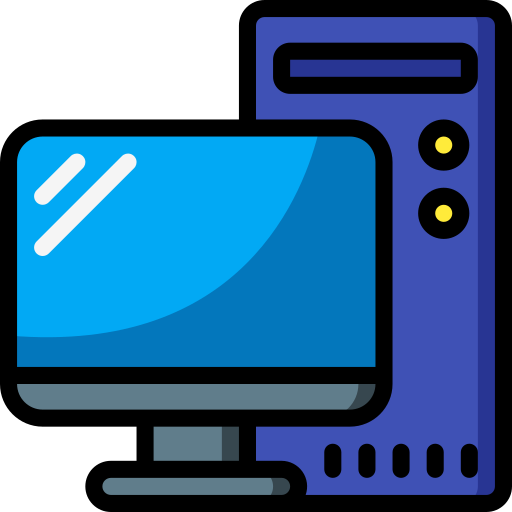

That’s true for some types of signal boosters, especially the simple passive ones. But many building systems aren’t just passive repeaters — they use distributed antenna systems (DAS) or active repeaters that re-broadcast the signal from outside towers. From the phone’s perspective, those can sometimes look like a new connection point, even though they’re not rogue towers reading data.
So while your point is absolutely right that a normal repeater doesn’t act as a tower or capture phone info, the way modern indoor coverage solutions are implemented can still trigger the same kinds of warnings. That’s why it can be hard to tell apart a harmless booster from something more suspicious.
More information about DAS systems and cellular repeaters, and how they differ, if you’re interested:
🔗 https://en.m.wikipedia.org/wiki/Distributed_antenna_system
🔗 https://en.m.wikipedia.org/wiki/Cellular_repeater
(edit, added Wikipedia links)





There are many good answers here already, just wanted to add to it.
It sounds very much like what you’re seeing could be either a driver fault or a memory-related issue. Both can manifest as hard system freezes where nothing responds, not even Ctrl+Alt+Fx or SysRq. You mentioned this briefly before, and that still fits the pattern.
If it’s a driver issue, it’s often GPU or storage related. A kernel module crashing without proper recovery can hang the whole system—especially graphics drivers like NVIDIA or AMD, or low-level I/O drivers handling your SSD or SATA controller. Checking dmesg -T and journalctl -b -1 after reboot for GPU resets, I/O errors, or kernel oops messages might reveal clues.
If it’s memory pressure or the OOM killer, that can also lock a machine solid, depending on what’s being killed. When the kernel runs out of allocatable memory, it starts terminating processes to free RAM. If the wrong process goes first—say, something core to the display stack or a driver thread—you’ll see a full freeze. You can verify this by searching the logs for “Out of memory” or “Killed process” messages.
A failing DIMM or a bad memory map region could also behave like this, even if Windows seems fine. Linux tends to exercise RAM differently, especially with heavy caching and different scheduling. Running a memtest86+ overnight is worth doing just to eliminate that angle.
If your live USB sits idle for hours without freezing, that strongly hints it’s a driver or kernel module loaded in your main install, not a hardware fault. If it does freeze even from live media, you’re probably looking at a low-level memory or hardware instability.
The key next steps:
Check system logs after reboot for OOM or GPU-related kernel messages.
Run memtest86+ for several passes.
Try a newer (or older) kernel to rule out regression.
If it’s indeed a driver or OOM event, both would explain the “total lockup” behavior and why Windows remains unaffected. Linux’s memory management and driver model are simply less forgiving when something goes sideways.